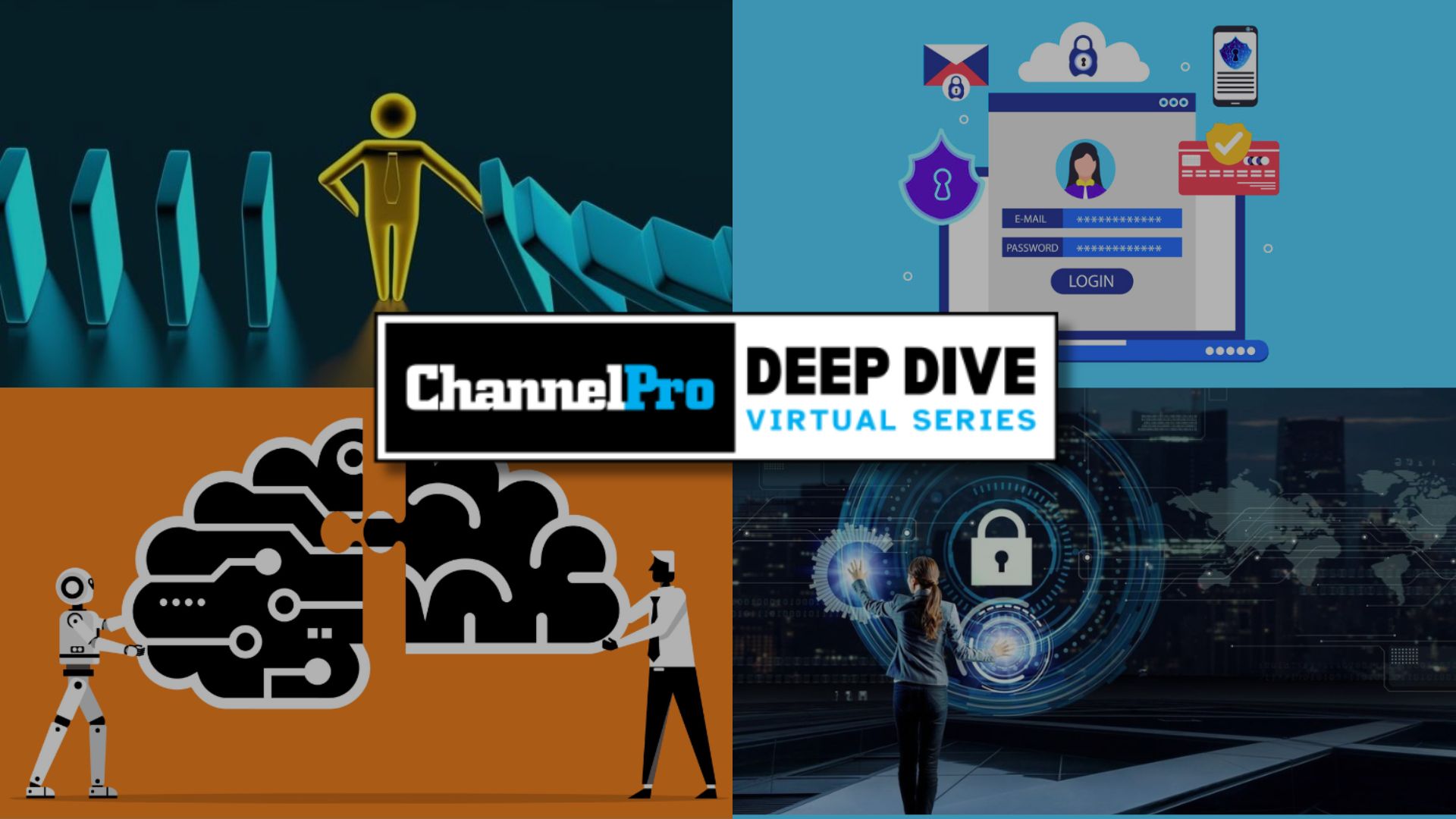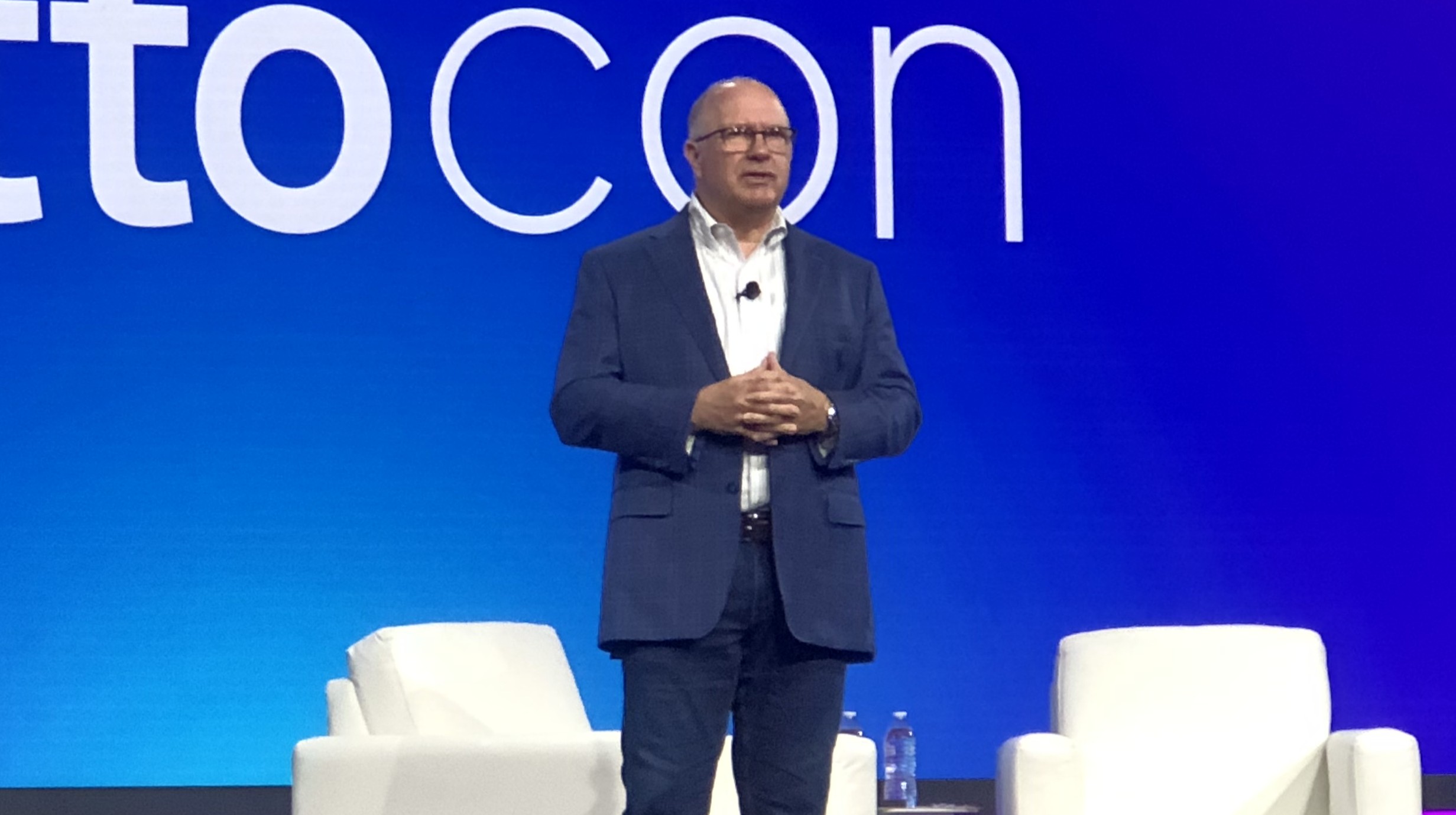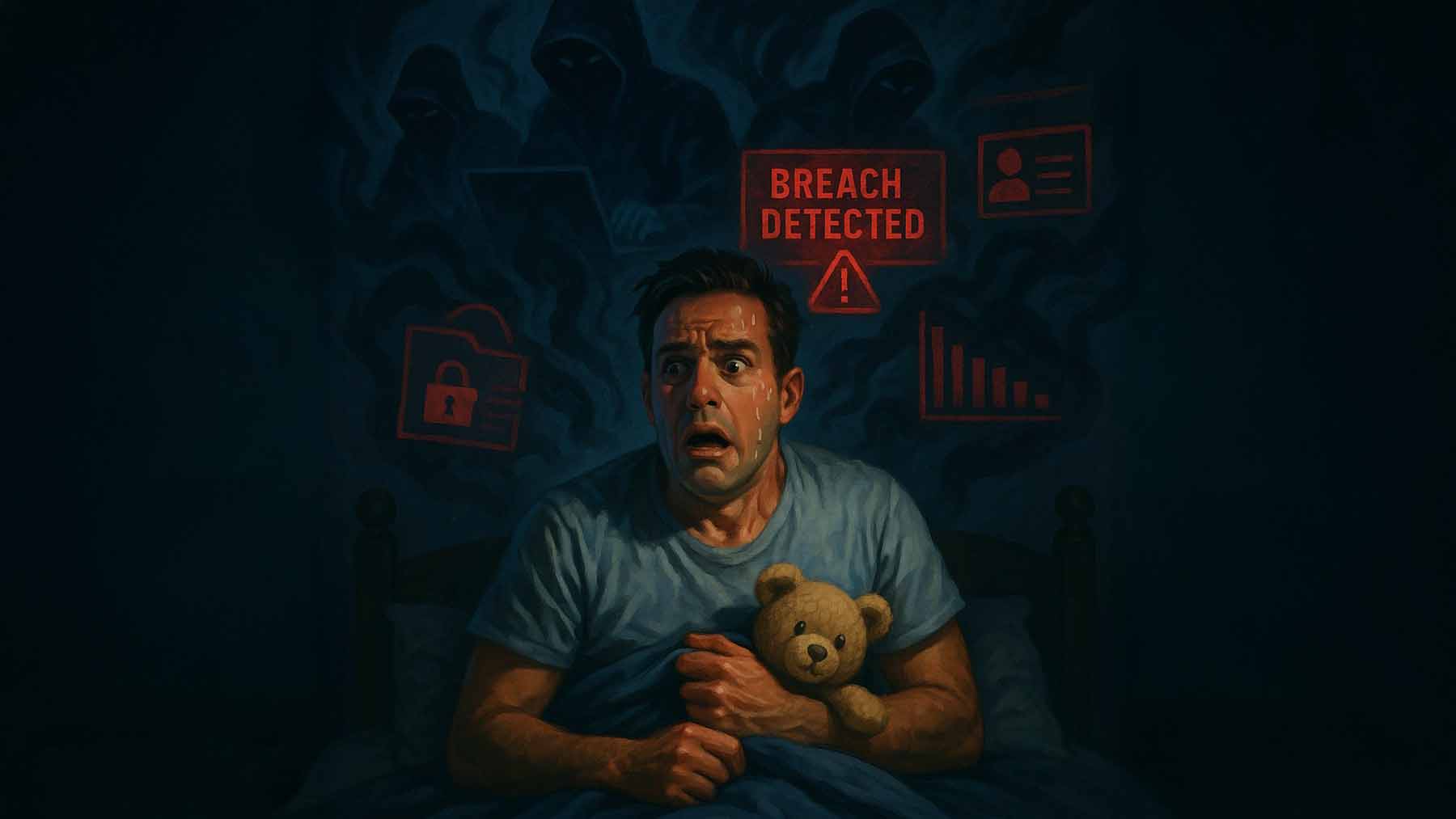SMBs MAKE UP about 90% of all businesses, according to the World Bank, but haven’t had the resources to address sustainability as larger organizations have. Now, however, sustainability requirements are moving down the value chain. Larger companies that must reduce their Scope 3 emissions (indirect emissions that occur in a company’s value chain) are passing those commitments down to suppliers, including SMBs, says Kim Arrington Johnson, head of sustainable technologies research for ABI Research.
In addition, the U.K., EU, and U.S. have disclosure rules in place or planned for SMBs, Johnson points out. “These commitments are flowing into requests for proposals and contracts with suppliers, including SMBs, for all companies in the value chain to reduce their carbon emissions.”
Fortunately for SMBs, implementing Internet of Things devices is a cost-effective way to reduce environmental impact for even the smallest companies.

Kim Arrington Johnson
“Some simple sustainability use cases that everyone can identify with are smart meters, including smart lighting and HVAC in buildings,” says Johnson. Lighting and HVAC systems account for about 60-80% of a building’s energy use. “IoT sensors can be embedded into lighting controls and HVAC zones, providing feedback for optimizing energy use with an automated building management system,” she adds. The savings from each building, multiplied globally, could be significant.
Today, “39% of SMBs use at least one energy management device, like a smart thermostat, smart lighting, or smart plugs,” says Chris White, research analyst at Parks Associates. A small business can save over $440 a year on electric rates, on average, with a smart thermostat, he adds.
Conserving and managing water use with smart meters is another way IoT can help, according to Dima Feldman, vice president of product management and marketing at Sony Semiconductor Israel. “Smart connected meters help save 37% of water loss in South Africa,” he notes. Before IoT, water leaks were not detected until a significant amount of water was lost.
For supply chains moving sensitive goods such as food, chemicals, and vaccines, smart trackers provide the ability for companies to notice and fix logistics problems faster and make the entire process more efficient.
In agriculture, IoT makes possible “smart, indoor farming,” which drastically reduces resource usage by controlling soil attributes, humidity, and temperature, and relies on smart LED lighting to provide the best light frequency for each plant. “Several additional technologies, such as AI, cameras, and sensors that detect plant diseases are making these vertical farms even more profitable,” Johnson adds.
IoT sensors that monitor carbon monoxide, particulate matter, and volatile organic compounds in office buildings, schools, hospitals, and other crowded indoor settings help protect vulnerable populations while reducing harmful pollutants, continues Johnson.
Meanwhile, on the residential front, IoT facilitates rooftop solar devices for homes and SMBs, and smart meters can choose the most renewable energy sources available in real time, including using an electric vehicle’s battery as a backup or primary source of power when the grid has no green energy available. “Forty percent of U.S. broadband households plan to buy at least one smart home device in the next six months,” says White.
There is federal money available to fuel these sustainability efforts too. “The Infrastructure Investment and Jobs Act passed in November 2021 includes $65 billion for power infrastructure that will support the expansion of renewables and $7.5 billion toward an improved network of electrical vehicle chargers,” says White. “U.S. automakers promise to roll out new electric vehicles and to electrify their entire fleets by 2040.” That gives smart city integrators time to add intelligent traffic signals to monitor and reduce traffic congestion.
These and other examples “have positive ROI,” says Feldman, meaning sustainability translates to lower costs for the business.
In the broader picture, though, the huge amount of data from smart IoT devices across homes, buildings, and cities must be translated into automated actions and processes to influence consumer behavior and reduce waste, says Johnson. “Turning all this data into behavior change for climate action is where significant ROI will be delivered in the future.”
Image: iStock















